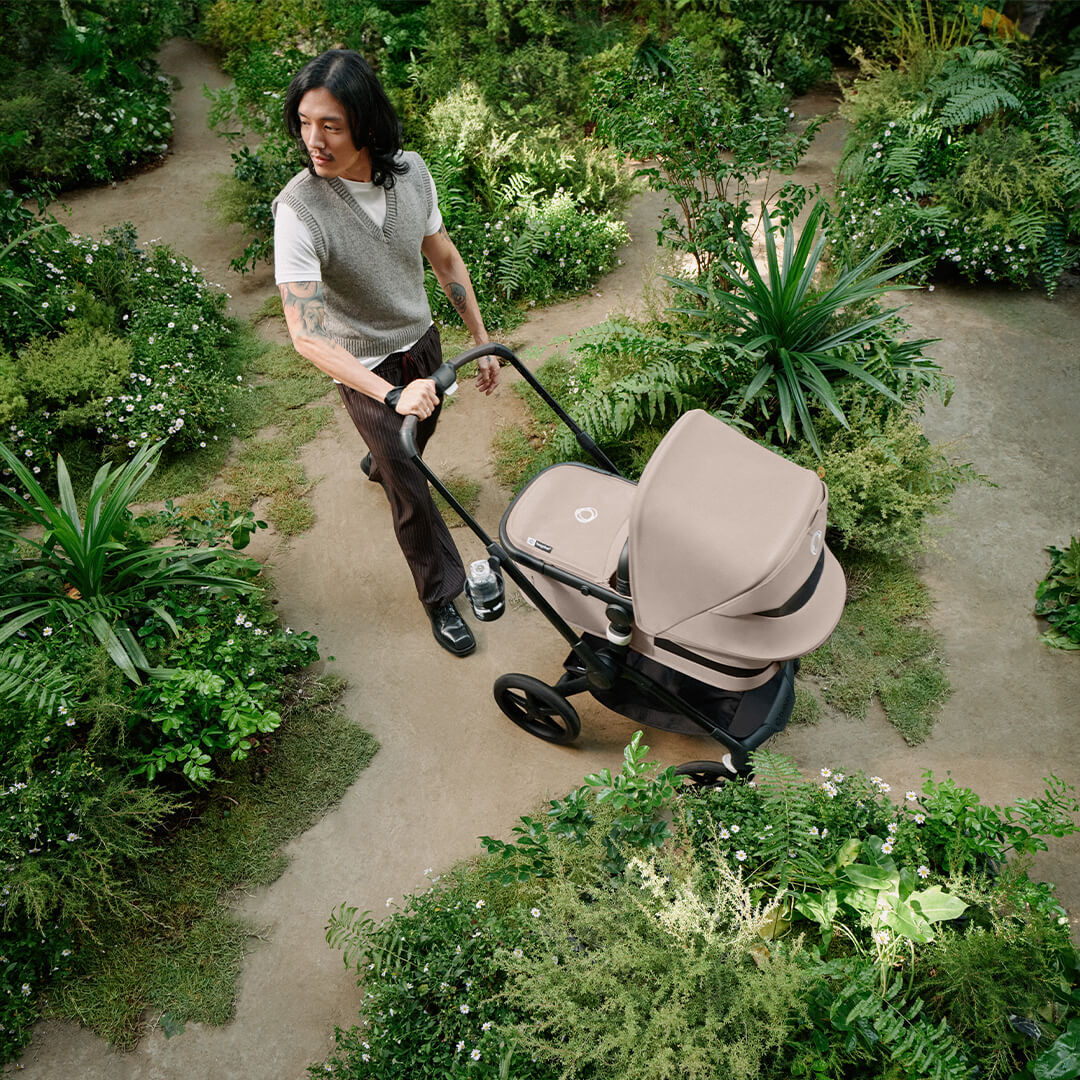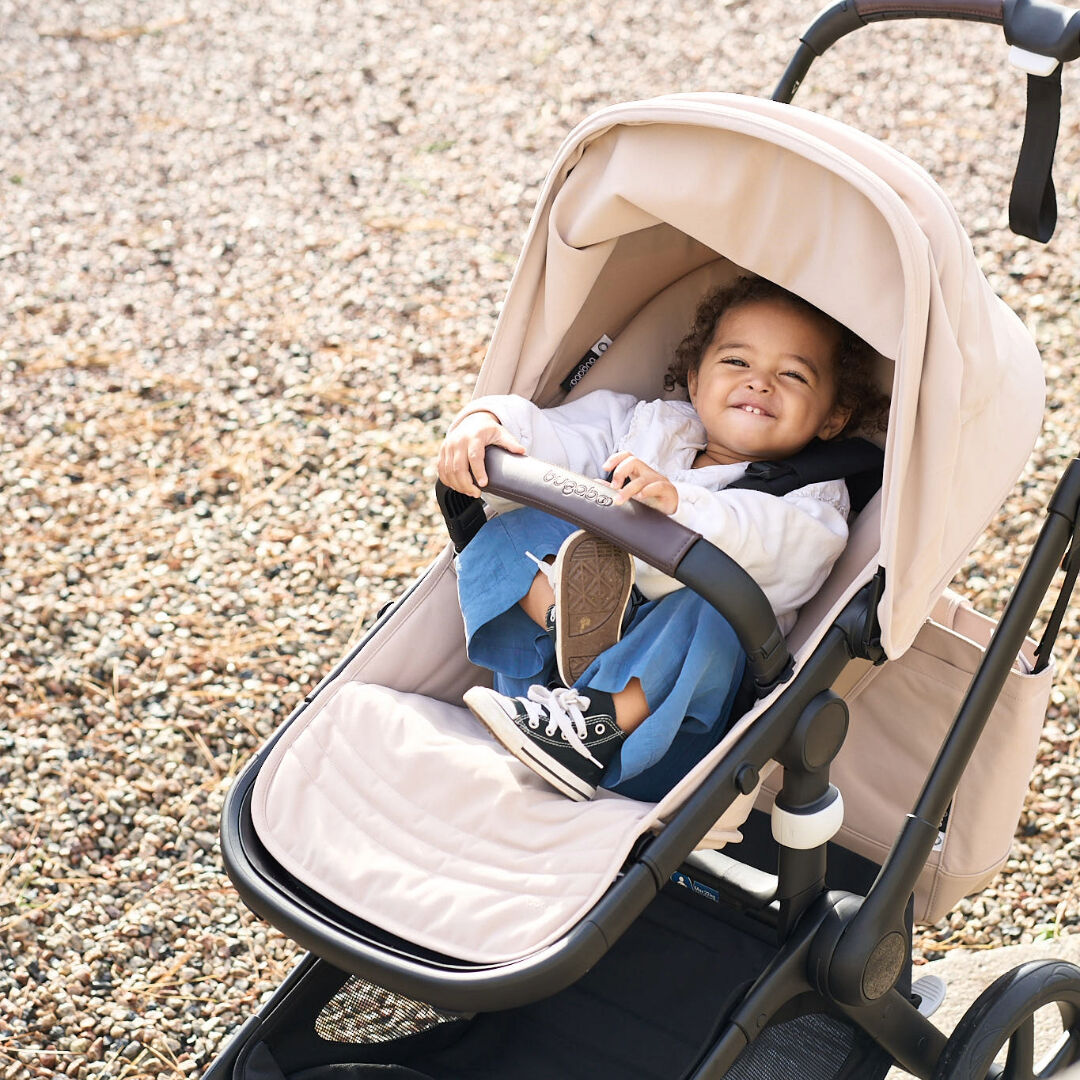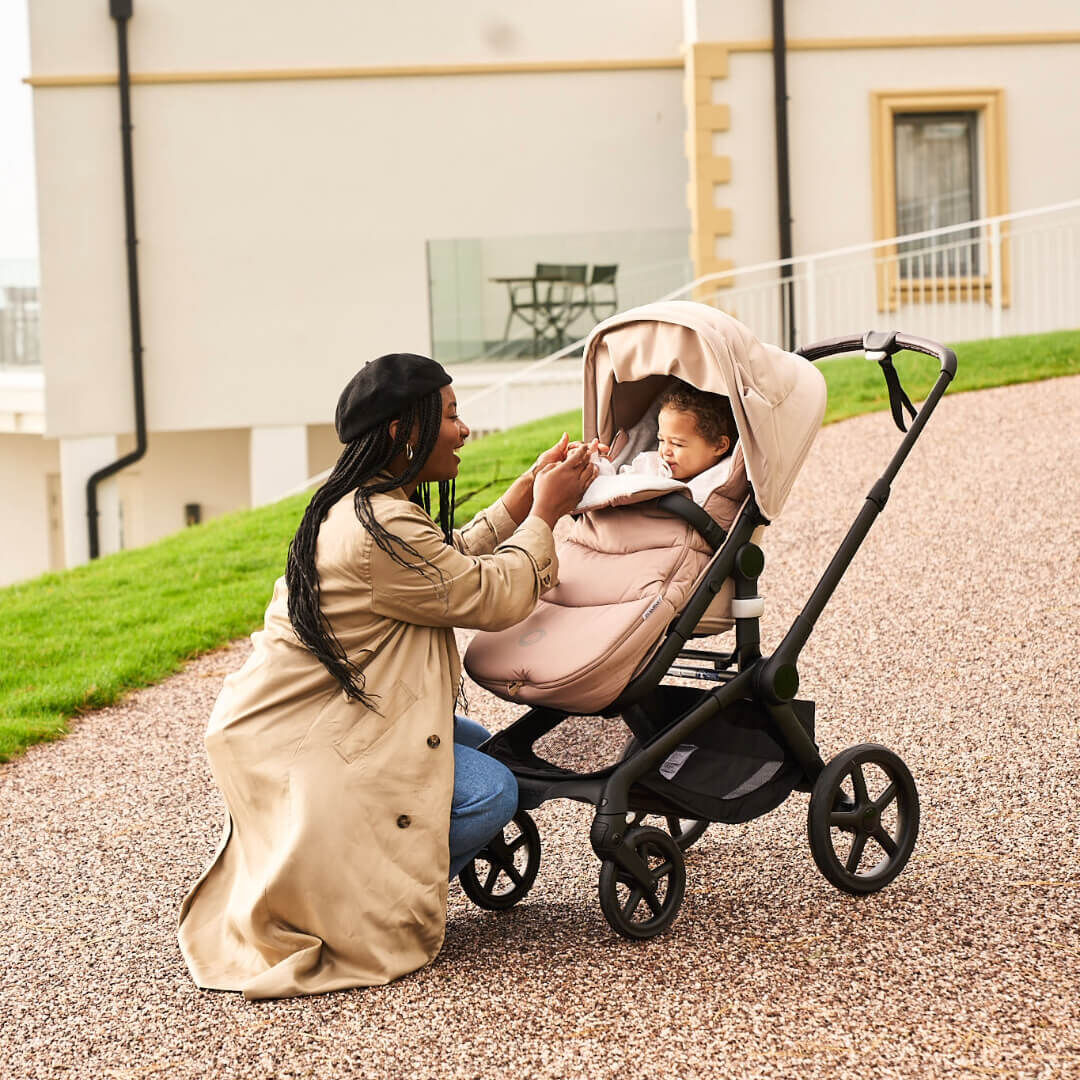Empezar con alimentos sólidos: estos consejos te pueden ayudar
Para muchos padres es un momento importante: ¡el bebé ya es suficientemente mayor para comer alimentos sólidos! El set de recién nacido se puede cambiar por la silla de bebé con bandeja para que tu pequeñín se pueda sentar derecho a la mesa. ¡Qué alegría! A la vez, también es un momento que puede llegar acompañado de preguntas y dudas. Para ayudarte, How About Mom y el dietista infantil Stefan Kleintjes dan respuesta a un número de preguntas habituales.
¿Debo ofrecer los alimentos en partes o triturarlos?
Cuando llega el momento de ofrecer alimentos, tú puedes decidir si prepararás la fruta o verdura triturada o a trozos, por ejemplo, un trozo de pera blandita o un tronco de brócoli. En el caso de triturar, deberás alimentar a tu bebé con una cuchara. En la segunda opción, enseñas a tu bebé a comer por su cuenta, que también se conoce como "baby led weaning". Puedes seguir el método Rapley o el método de los pequeños. La esencia de ambos métodos es que se ofrece alimentación sólida desde los 6 meses en la forma de grandes trozos de verdura o fruta que no puedan sorber y que sí puedan masticar. Ten en cuenta que los alimentos no sean demasiado duros, es decir, prepáralos al vapor o hiérvelos.
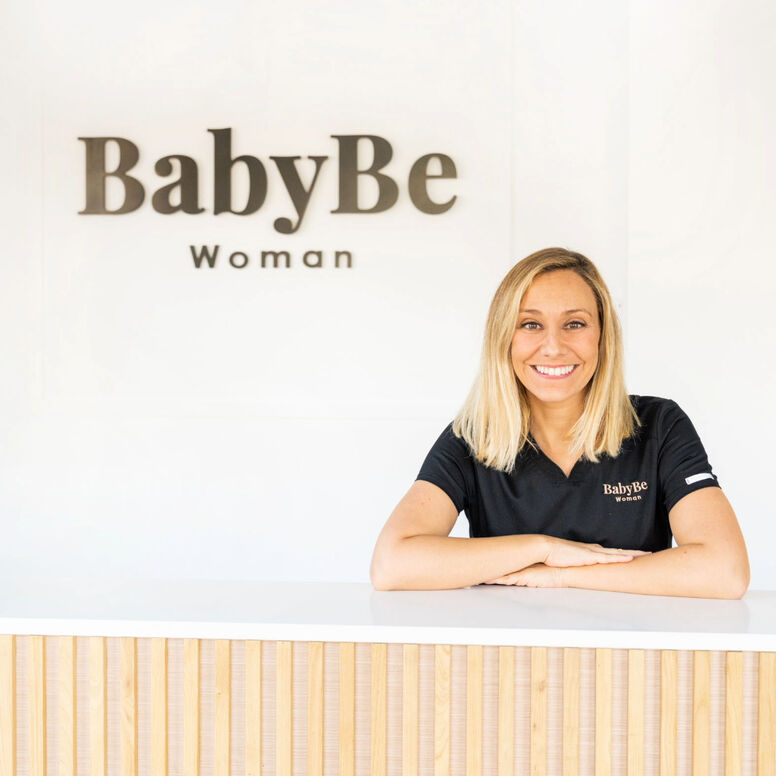
Comprar la Bugaboo Giraffe
Know the difference between the early postpartum stage and the late postpartum stage. In the early stage, it's crucial for you to rest as much as possible, since gravity will be the worst enemy for your overworked abdomen and pelvic floor. In the late stage, you should slowly become more active, but only after you've completed a postpartum evaluation.
To achieve a healthy body, you need to feel good internally. This means taking the time to recover and strengthen your abdomen and pelvic floor without rushing the process. This is often harder than it sounds. First and foremost, you need to know, feel, and develop a keen awareness of these muscles, since your abdomen and pelvic floor will have undergone significant strain during gestation.
Take care of your posture and let your spine elongate naturally. This will help engage your deepest abdominal muscles, which serve as your body's natural support girdle.
Breathe deeper and more often to strengthen your diaphragm and improve the efficiency of your breathing.
¿Debo ofrecer los alimentos en partes o triturarlos?
Cuando llega el momento de ofrecer alimentos, tú puedes decidir si prepararás la fruta o verdura triturada o a trozos, por ejemplo, un trozo de pera blandita o un tronco de brócoli. En el caso de triturar, deberás alimentar a tu bebé con una cuchara. En la segunda opción, enseñas a tu bebé a comer por su cuenta, que también se conoce como "baby led weaning". Puedes seguir el método Rapley o el método de los pequeños. La esencia de ambos métodos es que se ofrece alimentación sólida desde los 6 meses en la forma de grandes trozos de verdura o fruta que no puedan sorber y que sí puedan masticar. Ten en cuenta que los alimentos no sean demasiado duros, es decir, prepáralos al vapor o hiérvelos.
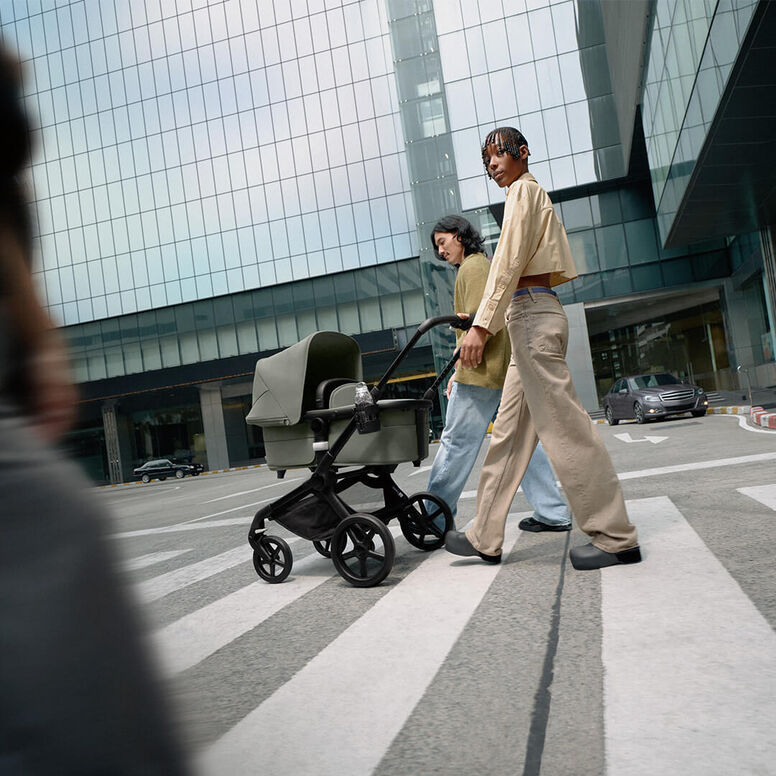
Empezar con alimentos sólidos: estos consejos te pueden ayudar
Para muchos padres es un momento importante: ¡el bebé ya es suficientemente mayor para comer alimentos sólidos! El set de recién nacido se puede cambiar por la silla de bebé con bandeja para que tu pequeñín se pueda sentar derecho a la mesa. ¡Qué alegría! A la vez, también es un momento que puede llegar acompañado de preguntas y dudas. Para ayudarte, How About Mom y el dietista infantil Stefan Kleintjes dan respuesta a un número de preguntas habituales.
Pay attention to your diet, since it's the key to both you and your baby's health. A nutritious diet is crucial to improve your physical exhaustion. 70% of our connective tissues are water, and proper hydration is essential to cell regeneration, quality of milk (if you're breastfeeding), and preventing constipation (which is a common issue during postpartum). It's also vital that your baby is introduced to a rich, varied, and balanced diet once they start with solid food. This stage is important for them to explore tastes, experience different textures, and develop fine motor skills through the coordination of bringing food to their mouth. A well-designed high chair is crucial to this process. It should let your baby adopt a proper posture, with an adjustable footrest that supports their legs at a 90-degree angle for optimal balance, stability, and comfort. The chair should also have a wide seat for flexibility during mealtimes, and a large backrest to comfortably support their back.
At home, we're using the Bugaboo Giraffe high chair, which we appreciate not only for its design but also for being easy to adjust without using any tools. This means our baby always sits in a proper posture that's good for his development.
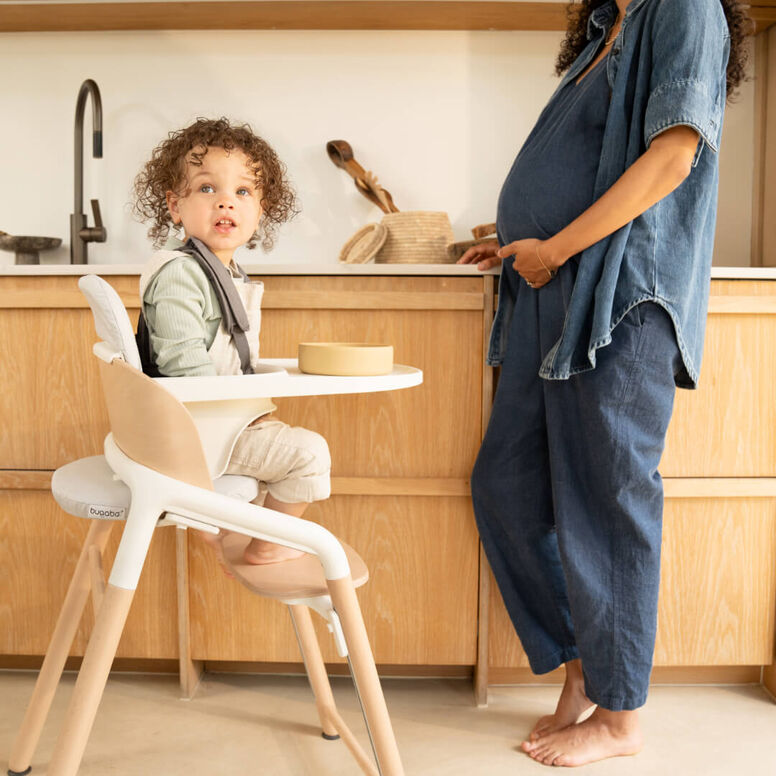
Speak up and express your own needs if you feel lonely or experience difficult emotions. Build a support network and know how to ask for help. There's no need to place unrealistic expectations on yourself.
In conclusion, it's important to remember that your postpartum physical recovery is not a sprint. It's an adaptation period where you need to be mindful of your daily life activities. As you slowly recover your strength and become more active, you can gradually increase the intensity of your exercises. This process should begin with an abdominopelvic assessment from a specialized physiotherapist, who will help you design a progressive and respectful recovery plan.


